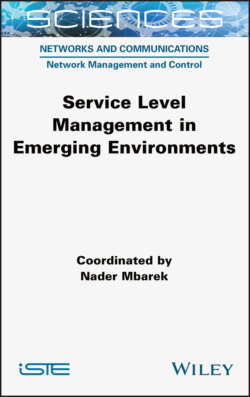Читать книгу Service Level Management in Emerging Environments - Nader Mbarek - Страница 55
1.6.3.2. Results
ОглавлениеThe first simulation scenario corresponds to an IoT service based on 3 RTMC objects. This results in an allocation of the 16 slots to the three objects. The second scenario corresponds to IoT services that require three RTMC objects and three RTNMC objects. Consequently, nine slots are allocated to RTMC objects and seven to RTNMC objects. The third scenario corresponds to nine objects (three RTMC, three RTNMC and three Streaming) resulting in a 7/6/3 type configuration of the slots. The last scenario corresponds to the existence of 12 objects (three of each QoS class). This results in a 6/5/3/2 type configuration of the slots.
The results illustrated in Figures 1.7 and 1.8 show that QBAIoT offers better average delays than the IEEE 802.15.4 standard to the QoS classes that are sensitive to this parameter, i.e. to the RTMC and RTNMC classes. It must be noted that the delays for packets with QBAIoT (when a unique QoS class exists in the gateway environments) is slightly greater than the standard, but respects the requirements of RTMC traffic. This difference is due to the test carried out on the slots to verify that they belong to the QoS CAP, which is not necessary for the standard traditional approach without QoS.
Figure 1.7. Average real-time mission critical delays for different scenarios
Figure 1.8. Average real-time non-mission critical delays for different scenarios
Figure 1.9 shows that QBAIoT offers better packet delivery ratios for all simulation scenarios and for all QoS classes. Indeed, by limiting the number of objects that can access the channel during a QoS CAP, there are fewer collisions and more packets are successfully transmitted to the destination.
Figure 1.9. Packet Delivery Ratio for all QoS classe. For a color version of this figure, see www.iste.co.uk/mbarek/service.zip
